You do not have permission to edit this page, for the following reason:
You can view and copy the source of this page.
Templates used on this page:
- Template:ACB G (view source)
- Template:Bulbapedia link (view source)
- Template:CERO A (view source)
- Template:Center (view source)
- Template:Cl (view source)
- Template:Class A (view source)
- Template:ESRB E (view source)
- Template:GRAC All (view source)
- Template:Head (view source)
- Template:Infobox CVG/Classes (view source)
- Template:Infobox CVG (Nintendo) (view source)
- Template:Japanese (view source)
- Template:LC (view source)
- Template:Linkbox (view source)
- Template:Main (view source)
- Template:PEGI 3 (view source)
- Template:Pokémon series (view source)
- Template:Popup (view source)
- Template:Roundy (view source)
- Template:Roundybl (view source)
- Template:Roundybr (view source)
- Template:Roundytl (view source)
- Template:Roundytr (view source)
- Template:TVtropes game (view source)
- Template:Tt (view source)
- Template:WP link (view source)
Return to Pokémon Black and White.
